The Classroom Bookshelf Has Over Half a Million Hits!
Thank you….500,000 times!
That’s right, The Classroom Bookshelf has 500, 000 hits. We are incredibly grateful for The Classroom Bookshelf community for loving children’s and young adult literature as much as we do. We are equally grateful to the community of writers, illustrators, and publishers that produce inspiring books we humbly blog about. As we peruse our local library bookshelves and local booksellers, we walk away with bundles of books that we delight in reading, writing about, and sharing with you all.
To celebrate we are listing our top five posts to date. Are they your favorites or do you have other Classroom Bookshelf favorites? We’d love to hear from you. We are also reposting below our top entry on The Day the Crayons Quit written by Drew Daywalt and illustrated by Oliver Jeffers.
ADVERTISEMENT
ADVERTISEMENT
Our Top Five Posts to Date
The Day the Crayons Quit written by Drew Daywalt; illustrated by Oliver Jeffers
The One and Only Ivan written by Katherine Applegate; illustrated by Patricia Castelao
Children’s Books on Grief and Loss
Extra Yarn written by Mac Barnett; illustrated by Jon Klassen
A Ball for Daisy written and illustrated by Chris Raschka
“Dear Duncan, I’m tired of being called ‘light brown’ or ‘dark tan’ because I am neither. I am BEIGE and I am proud.” In Drew Daywalt’s The Day the Crayons Quit, we meet a boy named Duncan and his crayons. Ready to start on a new drawing, Duncan opens his crayon box only to find that his crayons are gone and they have left him a pile of letters in their place demanding answers and change. Why are all of the elephants, rhinos, hippos, and humpback whales colored with the grey crayon? They certainly are big animals! Why has pink never been used once in the past year by Duncan? Why are red and blue so overworked compared to some of their peer crayons? New to the genre of children’s literature, Daywalt has paired with acclaimed illustrator Oliver Jeffers. Together, they are redefining narrative. We never physically see Duncan, only his crayons and his artwork. The text is largely written in Jeffers’ handwriting and the format of each page plays with our traditional sense of beginning, middle, and end. The strong voices of the crayons and the whimsical, child-like illustrations remind readers to question the everyday choices they make and why they make them. Daywalt explains on his blog fearnet.com that he wrote the book to let kids be kids: “To let them feed on their own imaginations and on their own limitless sense of optimism and hope.” Throughout the book, we have a chance to let our minds wander and imagine a whole new world of coloring possibilities. This fresh new take on story plays with point of view in hopeful ways and will bring a smile and new perspective to everyone who reads it. This book would be well-suited to a series of read-alouds that support students to explore the power of their own imaginations as readers, writers, artists, and thinkers (see Further Resources for suggested text pairings). The final page is sure to inspire you to rethink just about everything.
Teaching Invitations: Ideas for Your Classroom
Grades preK-3
- Letter Writing. The Day the Crayons Quit is written as a series of letters by protesting crayons. What are the features of a friendly (or not-so-friendly) letter? How do letters begin? Why are they written? All letters are written to someone and from someone and have a message. Encourage students to write letters to each other and consider setting up a special mail station for this purpose. Early writers are eager to share their developing skills with their peers and letter writing is an important vehicle for them to do so. Consider creating a letter writing station with special writing tools such as different colored papers, crayons (of course, to be used freely), envelopes, stamps, and a mini word wall of the words To, From, Love, and your students’ names.
- Duet Model Reading. Hope in Stories. Read The Day the Crayons Quit and Oliver Jeffers’ Stuck in a Duet Model reading (see Teaching With Text Sets entry). Have students compare and contrast the two stories both illustrated by Jeffers. What are the problems in each story? How are they solved? In what ways are they both hopeful? Have students note similarities in the illustrations by reading closely and using text evidence. Consider having students view Oliver Jeffers reading Stuck using this Youtube video. How is listening to the story told by the author different than hearing it read aloud by their teacher?
- Opinion Writing. The Day the Crayons Quit is ultimately about the strong opinions each crayon has, and they use their writing power to make their opinion known. This book is a wonderful example to bring opinion writing to life for early writers. With the class create a T-chart that outlines the opinion of each crayon and why they feel the way they do. Then, have students list their own strong opinions about a variety of topics. Have students write their own My Favorite or My Opinion books on topics that matter to them. Even our youngest learners have opinions that matter to them—their favorite and no so favorite foods, clothes to wear, activities to do. Give your students opportunities for their opinions to be heard, written down, and shared.
- Point of View Study. In this story, Daywalt plays with the notion of point of view. Rather than focus on a single character or narrator we weave in and out of each crayon’s point of view. Use the story to support students to define point of view with specific text evidence. Support students in 2nd or 3rd grade to define point of view by asking who’s telling the story. In this case, the story opens and closes with a narrator but then each page in between is told from the point of view of each crayon. What each crayon believes and is standing up for helps us understand their point of view.
- Defining Story. Use The Day the Crayons Quit to support students to wonder and discuss “What makes a great story?” Drew Daywalt and Oliver Jeffers teamed up to create something new and original. What makes their work a story? In what ways do their choices about narration, layout, and story arc make their story different from others? What kinds of stories do your students like and what draws them to return to certain stories again and again. Kindergarten and third grade students alike are figuring out their reading preferences. Use this conversation to support their own book choices during independent reading and their own decisions as story writers themselves. Prior to or following this discussion, view Oliver Jeffers’ video on his life as a Picture Book Maker. Where do his ideas come from and what are the steps he takes each day to put his ideas down on paper? Support second and third graders to consider the kinds of stories Drew Daywalt writes. This is his first book for young children. He is most known for writing horror stories! As an author he is now drawn to writing stories of hope and stories of fear. Encourage students to consider the types of stories they usually write and whether it’s time to try something new just like Daywalt!
- Artistic Exploration. This story begs for students to open up their uses of crayons and other drawing instruments and use them freely. Have students draw pictures changing the colors to something nontraditional. Green firetrucks, purple dinosaurs, pink clouds. See where their imaginations take them. Then, have students share their work and their decision-making with either a small group or the whole class. Encourage students to speak clearly, loudly, and proudly just like the crayons!
Critical Literacy
Grades preK-3
- Duet Model Reading: Power in Numbers. Read The Day the Crayons Quit along with Doreen Cronin’s title Click, Clack, Moo: Cows that Type in a Duet Model reading (see Teaching With Text Sets entry) to discuss the similarities and differences in these stories. Specifically discuss who the characters are who go on strike in each book, what makes them protest, and why they may have decided to gather together. Is there power in numbers? After closely reading, examining, and discussing these two titles, students may be encouraged to think about what they would like to work together to advocate for or accomplish. In what ways are voices and hands that come together more powerful than a single voice?
- Questioning What We Do and Believe. According to pink crayon, Duncan hasn’t used it once in over a year. Why is that? Does he think it’s a girl color? Why? And why do we often associate certain colors with “boy” or “girl” objects? Going one step further, are their boy and girl jobs? Are there boy and girls ways of dressing? Or acting? Support your students to consider what things they assume or take for granted in their everyday lives, particularly around issues of gender.
Further Explorations
Online Resources
Oliver Jeffers’ Website
Oliver Jeffers’ World Interactive Website
http://oliverjeffersworld.com/
Oliver Jeffers Picture Book Maker
http://www.youtube.com/watch?v=5KZu0X82l7k
Oliver Jeffers Read Aloud of Stuck
http://www.youtube.com/watch?v=hipx6HJs4XQ
Reading Today Online Entry
http://www.reading.org/general/Publications/blog/BlogSinglePost/engage/2013/08/20/putting-books-to-work-daywalt-and-jeffers-the-day-the-crayons-quit#.Un0o2I4vO00
How Crayons Are Made Sesame Street Video (visual set to music)
http://www.youtube.com/watch?v=HMU-wXsgyR8
How Stuff Works Crayon Video (verbal and visual explanation)
http://science.howstuffworks.com/innovation/4269-assembly-line-crayola-crayons-video.htm
Filed under: Announcements
About Katie Cunningham
Katie is a Professor of Literacy and English Education at Manhattanville College. There she is also the Director of the Advanced Certificate Program in Social and Emotional Learning and Whole Child Education. Her work focuses on children’s literature, joyful literacy methods, and literacy leadership. Katie is the author of Story: Still the Heart of Literacy Learning and co-author of Literacy Leadership in Changing Schools. Her book Start with Joy: Designing Literacy Learning for Student Happiness will be released September 2019. She is passionate about the power of stories to transform lives.
ADVERTISEMENT
ADVERTISEMENT
SLJ Blog Network
The Moral Dilemma of THE MONSTER AT THE END OF THIS BOOK
Cover Reveal and Q&A: The One and Only Googoosh with Azadeh Westergaard
K is in Trouble | Review
Parsing Religion in Public Schools
ADVERTISEMENT




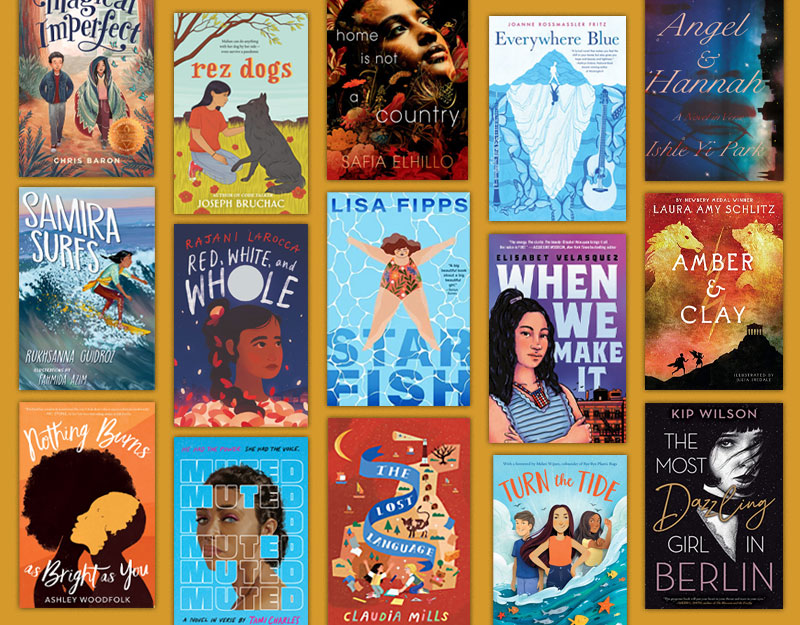
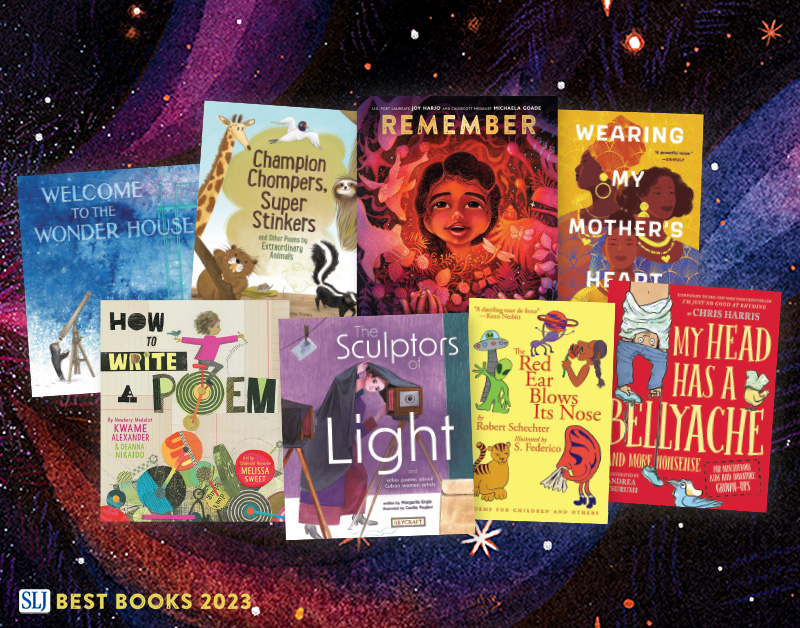
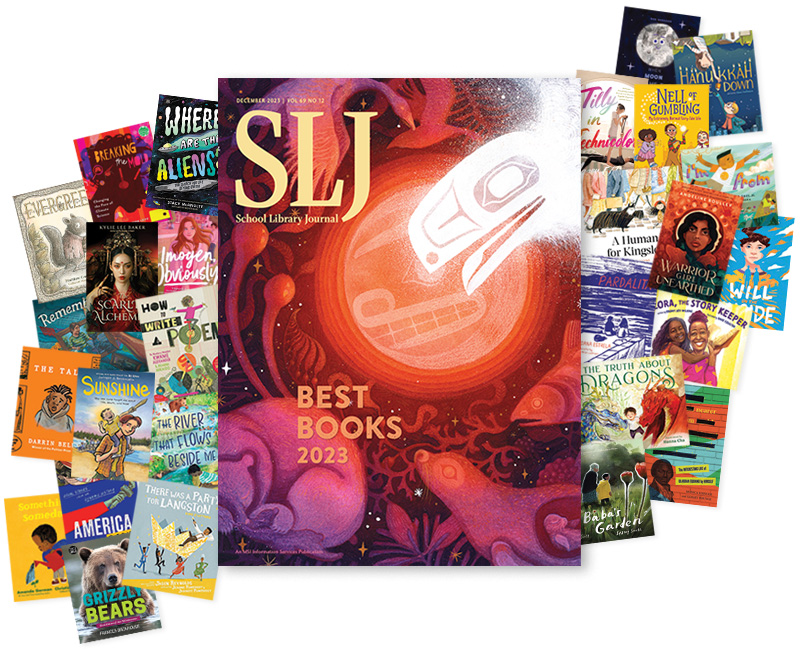
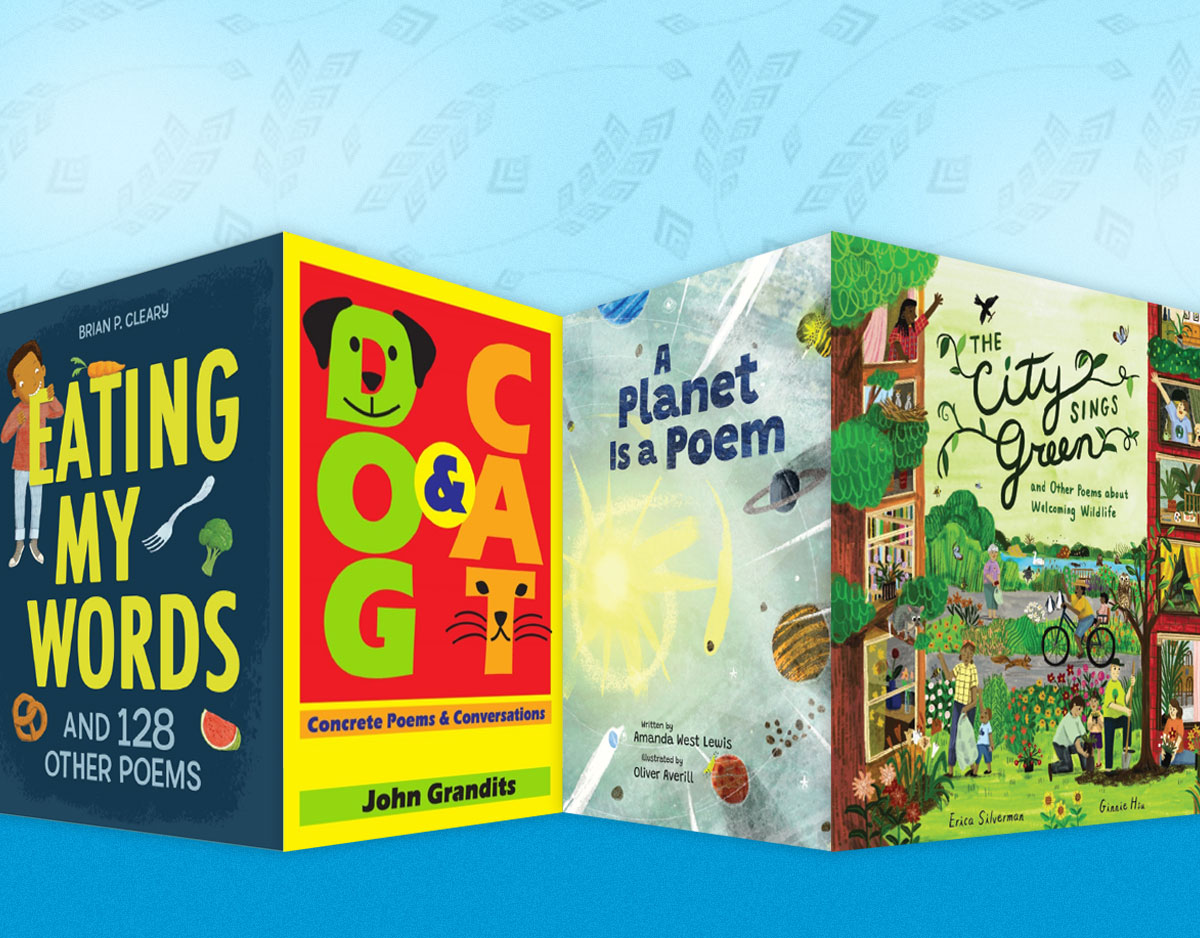
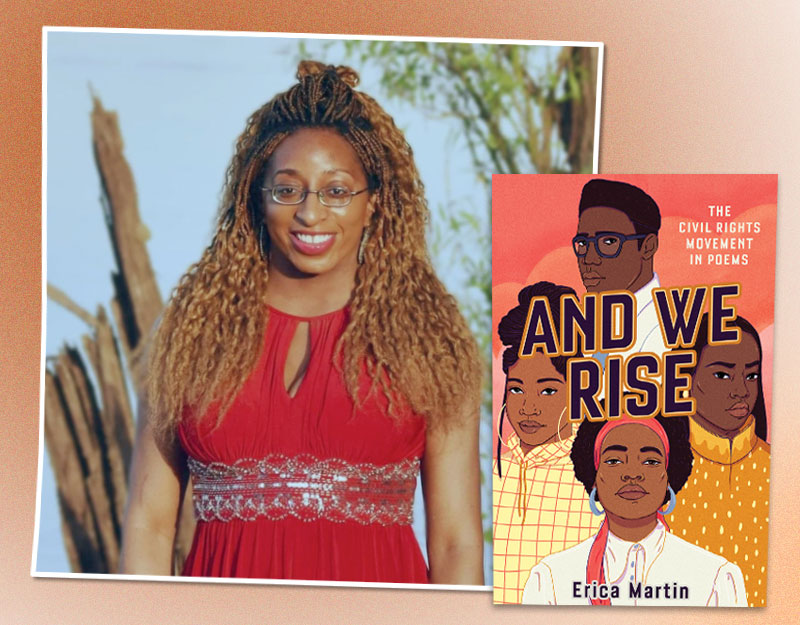
Keep up the outstanding work! What a contribution to educators and those of us who love children's books.